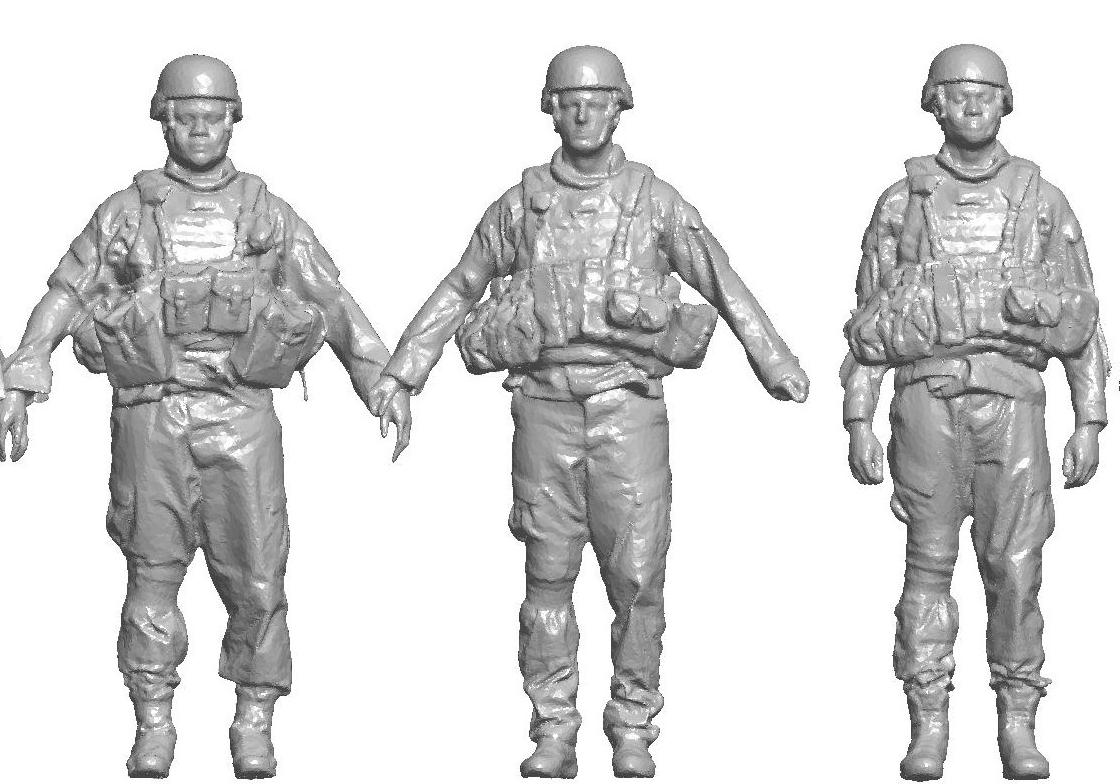Human-Autonomy Interaction
Annual PlanCreating Encumbered Human Figure Models for Ergonomic Design and Assessment of Tactical Vehicles
Project Team
Government
Harry Zywiol, U.S. Army TARDEC
Industry
Ulrich Raschke, Siemens PLM Software
Pete Kempf, AM General
Project Summary
Project duration: 2011-2012

Software representations of human figures are widely used in the design and assessment of tactical vehicles. Articulated human figure models (manikins), such as the Jack human model from Siemens, are used to assess dimensional requirements for seats, crew compartments, and ingress/egress systems, among other design issues. The University of Michigan is a leader in advancing the research foundation for manikin-based ergonomic analysis software. The Human Motion Simulation Laboratory in the Center for Ergonomics (Industrial and Operations Engineering) develops data-grounded algorithms for realistic posture and motion simulation for a wide range of tasks, including driving, industrial assembly, and vehicle ingress/egress.
Currently, the manikins used for tactical vehicle design (Jack is the most widely used tool) do not adequately represent warfighters with respect to body shape and, particularly, encumbrance due to protective equipment and gear. Companies who develop military vehicles create their own manikins, with a range of fidelity, leading to substantial problems with the accuracy of the resulting analyses. The Army Research Labs (ARL) produced a set of manikins for an early version of Jack, but distribution of these manikins was restricted. Moreover, the gear and body dimensions are out of date, and the Jack software now uses a new manikin that is incompatible with earlier manikin geometry but offers the potential for much more realistic representation of body and equipment shapes.
We have developed polygon models of protective equipment and methods for manikin morphing. Other completed tasks include measuring protective equipment positioning on soldiers and developing models to accurately position equipment on manikins. The current task is to create a family of encumbered soldier boundary manikins for vehicle design and assessment.
References:
- Parkinson, M.B. and Reed, M.P. (2009). Creating virtual user populations by analysis of anthropometric data. International Journal of Industrial Ergonomics, 40:106-111.
doi: 10.1016/j.ergon.2009.07.003 - Reed, M.P. and Parkinson, M.B. (2008). Modeling variability in torso shape for chair and seat design. DETC2008-49483. Proceedings of the ASME Design Engineering Technical Conferences. ASME, New York. doi: 10.1115/DETC2008-49483

